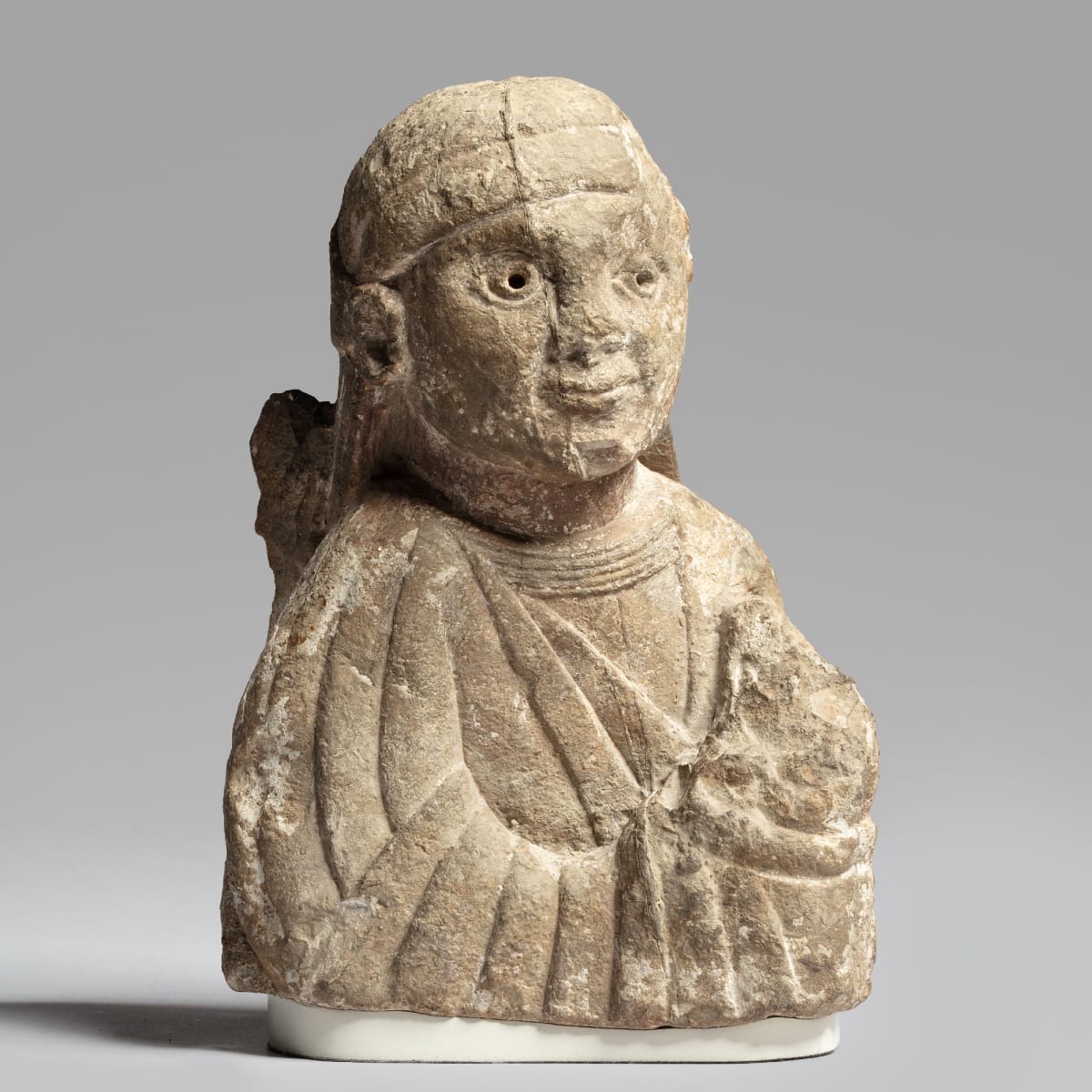The World in your Hands, Five Lustre-Painted Bowls from Kashan
A spotlight exhibition focusing on ceramics produced in the workshops of Kashan between c. 1150-1280, this group of five lustre-painted bowls illustrates the technical and aesthetic heights achieved by the Kashan potters through the innovative combination of a siliceous stone-paste ceramic body with lustre-painted surfaces. The perfection of these technologies led in turn to the development of an exclusive ornamental language distinctive to the Kashan workshops, which raised the status and appeal of the ceramics made there to a level unprecedented and never again supplanted in the history of ceramics production in the Islamic world. This exhibition celebrates the exquisite craftsmanship that went into the making of these bowls, and explores the development of the Kashan style over a period of around one hundred years.
Three of the bowls in this group date to the period when Persian ceramics production reached its absolute zenith during the transformative and experimental period in the workshops at Kashan between c. 1200-1220. The first of these examples, decorated with a long-legged gazelle grazing in a lustrous golden meadow of incised spirals, was painted after an important signed bowl by the potter Muhammad b. Muhammad al-Nishapuri, now in the collection of the Victoria & Albert Museum (cat. 2). Of the two other examples from this period, one is characterized by all-over vegetal and stellar ornament that recalls contemporary metalworking forms (cat. 3), while the other, with three plump ducks and a fish, offers a microcosm of the earthly and heavenly spheres to its viewer (cat. 4). Two further bowls illustrate transitional periods in the Kashan production; the first combining elements of the early ‘Egyptianizing’ wares of the early twelfth century with the new Kashan style of the thirteenth century (cat. 1); and the second made under the aegis of the Mongol Ilkhanate (r. 1256-1335) a generation after the decimation of the region around 1220 (cat. 5).
Each of the objects presented here offers up a world in miniature to its beholder. Thanks to their siliceous stone-paste bodies, the bowls have strong, but remarkably thin and light walls and are easily held in two hands. Gazing into the well of a vessel, the viewer is presented with glimmering, lustred surface ornament that is imbued with cosmological and astrological significance. The scenes at the centre of the bowl often represent the earthly, heavenly and watery spheres in miniature, and are accompanied by poetic inscriptions in Persian and Arabic. Observing these finished luxurious wares, it can be difficult to imagine the hot, dusty, smoky and oftentimes dangerous environment of the workshops; the constant heating and cooling of various specialised kilns for firing, and the grinding down of metals, minerals, and pigments before they were heated up and ground down again, and then made into or applied to ceramic bodies. According to the Kashan potter Abu'l-Qasim's treatise of 1301 AD, the sound of molten frit being cooled in water rang out like a clap of roaring thunder that could bring a man to his knees. Nevertheless, after the lustred ceramics emerged from the kiln, they would be polished with wet cloths to reveal their shimmering lustrous glaze, which, in these five remarkable examples, survives much today as it would have appeared in the twelfth and thirteenth centuries.
For full descriptions of each object and a selection of related literature, please download the PDF catalogue of the exhibition 'The World in Your Hands; Five Lustre-Painted Bowls from Kashan'.





